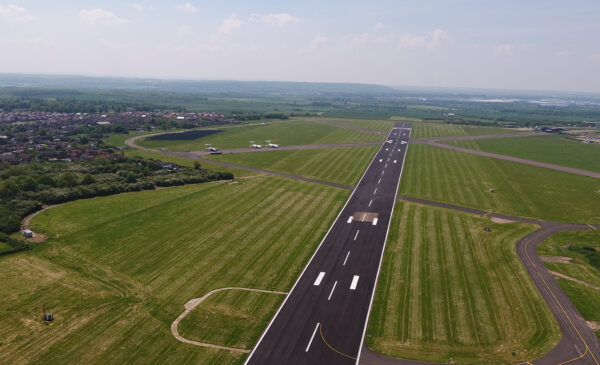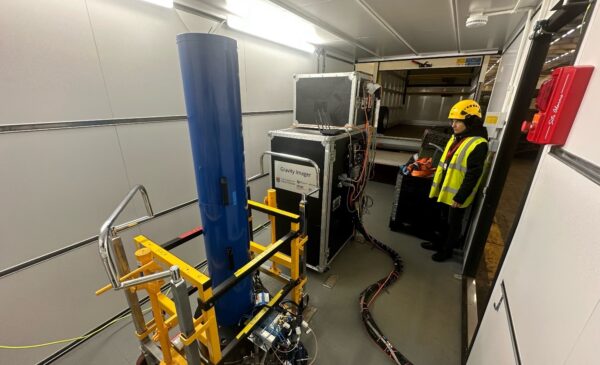In June 2021, researchers from the QT Hub’s radar team conducted live trials at Cranfield Airport with birds of prey and drones to further research on quantum-enabled radar capabilities for airspace detection.
Once developed, quantum-enabled radar will play a vital role in policing drone traffic and monitoring bird activity, enabling control of air traffic which will help to create safer skies in the future. It has been estimated that by 2030, air traffic will quadruple which will inevitably change and further congest airspace, making it increasingly important not only to identify and regulate unmanned aerial vehicles (UAVs) but also to protect the natural environment.
The researchers, who also work as part of the University of Birmingham’s School of Engineering, joined forces with ornithologists from the Schools of Geography, Earth and Environmental Sciences (GEES) and Biosciences, as well as the International Centre for Birds of Prey (ICBP) who provided the birds of prey, each of which carried GPS tags.
These trials were held as part of the EPSRC-funded Managing and Enabling Future Airspace (MEFA) project, which aims to examine how birds utilise urban airspace. The research will also support the Hub’s radar work stream, which focuses on enhancing radar sensitivity to allow detection of small drones and their discrimination from birds, and to develop radar systems of the future that can help to protect critical infrastructure such as airports from drone intrusion.
The live trials at Cranfield airport follow a recent radar installation on the University of Birmingham campus to test and prove the precision of quantum-enabled radar detection capabilities. These staring radars, provided by Aveillant, will not only support the development of quantum-enabled networked radar, but will further understanding of how birds move through complex urban environments.
A better understanding of bird movements and migration is important for several reasons, one of which is exploring how bird mortality is caused by collision with brightly-lit urban structures, propagated by increased structural use of glass and other highly reflective surfaces on high-rise buildings. In 2004, the British Trust for Ornithology (BTO) estimated that 100 million birds struck windows each year in the UK. There is also a pressing need to be able to differentiate UAVs from natural organisms that use the same airspace.
A second staring radar will be installed on campus in autumn 2021 to create a network of quantum-enabled radars, expanding coverage and enhancing detection of even smaller aerial objects, thereby forming a unique testbed for radar systems of the future.
Please follow this video link to watch a video of the field trials at Cranfield airport.




